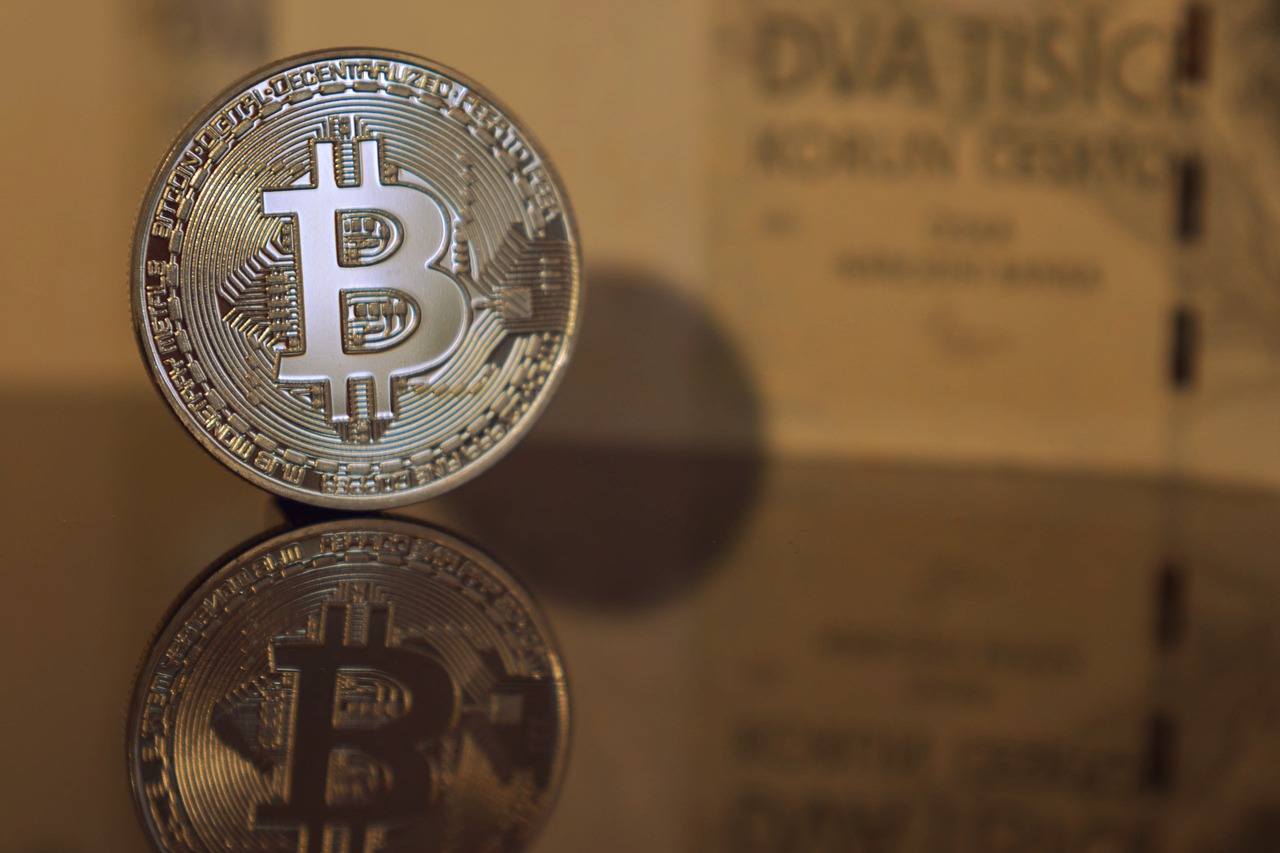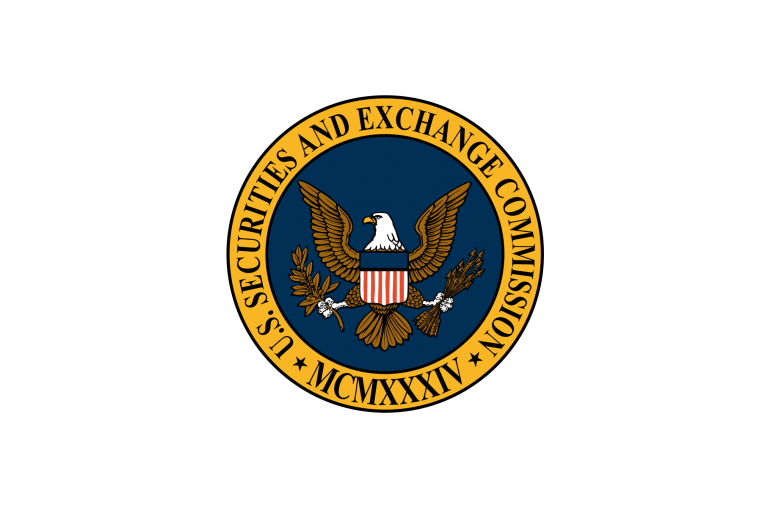
- As if that experience had not scared off other pundits who have suggested that bitcoin’s price could go anywhere from US$100,000 to forecasts of a million – the danger, as always, when it comes to trying to predict the price of bitcoin is that no one really knows.
- But at the same time, the Fed is tightening in response to inflationary pressures, which feeds into bitcoin’s narrative as a supposed hedge against inflation.
Whilst Shakespeare may have made famous the adage that “the course of true love never did run smooth,” cryptocurrency enthusiasts could take a leaf out of the bard’s scripts with “the course of $100k bitcoin never did run smooth.”
In 2017, critics famously ridiculed Fundstrat’s Tom Lee for forecasting that bitcoin would rise to US$25,000, mocking him when the cryptocurrency eventually collapsed to as low as US$3,400 just a year later.
As if that experience had not scared off other pundits who have suggested that bitcoin’s price could go anywhere from US$100,000 to forecasts of a million – the danger, as always, when it comes to trying to predict the price of bitcoin is that no one really knows.
Yet that hasn’t stopped people from trying to divine the future price of bitcoin, using everything from complex models to goat entrails and while the cryptocurrency has suffered a drubbing this week on the prospect of the Fed hiking rates as early as March, bitcoin bulls are still calling for the cryptocurrency to hit US$100,000 at some point this year.
Given how completely unpredictable the price of bitcoin has proved to be, it’s not so much that it can’t hit a hundred thousand, it’s just that the macroeconomic environment makes it somewhat more challenging, especially given a suddenly more hawkish Fed.
There’s no doubt that cryptocurrencies benefited from the Fed’s largesse and some of the correction that we’re seeing has to do with the Fed pulling in the reigns of its otherwise profligate spending on asset purchases.
But at the same time, the Fed is tightening in response to inflationary pressures, which feeds into bitcoin’s narrative as a supposed hedge against inflation.
According to Bloomberg Intelligence’s Mike McGlone, bitcoin is evolving from a risk asset into a digital reserve asset in a world that is already going that way, writing in a note that the cryptocurrency is “heading toward US$100,000.”
“Cryptos are tops among the risky and speculative. If risk assets decline, it helps the Fed’s inflation fight. Becoming a global reserve asset, Bitcoin may be a primary beneficiary in that scenario.”
While earlier this week, Goldman Sachs analyst Zach Pandl wrote that bitcoin could hit as much as US$100,000 if it continues to take market share away from gold, a traditionally viewed hedge against inflation.
Bitcoin however has not sung from the song sheet of its alleged inflation-hedging properties, instead it’s crooned to its own tune, with the 100-day correlation between bitcoin and the S&P 500 at 0.44, the highest since the fourth quarter of 2020 (a correlation of 1 means that the two assets move in perfect unison, whereas -1 would suggest that they move in exact opposite directions).
These conflicting narratives – risk or haven asset? – mean that bitcoin investors will need to steel themselves for the inevitable abundance of volatility that will necessarily be a hallmark and price of entry into the nascent asset class.



